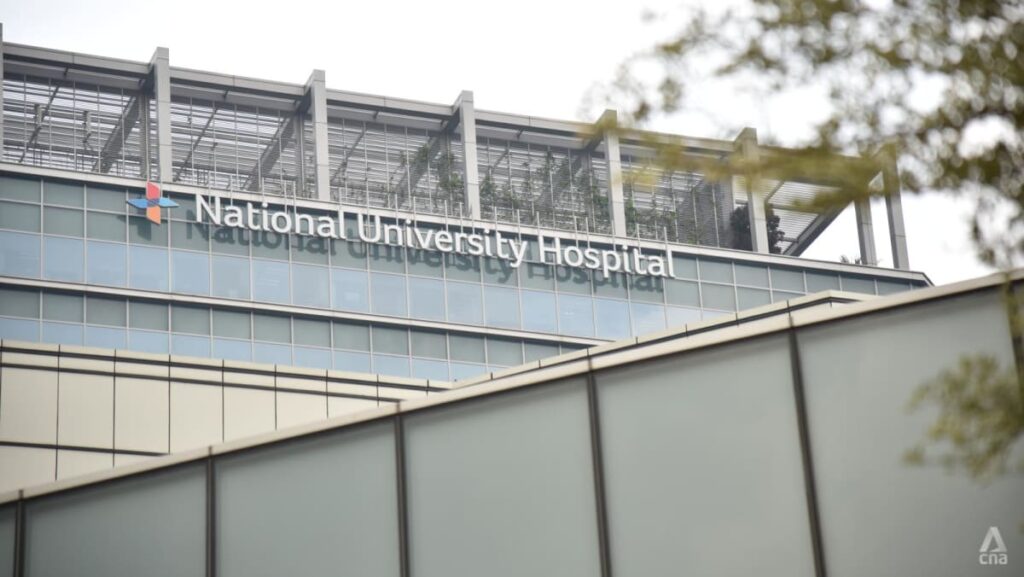VACCINATION
Vaccination is the most effective protection against poliomyelitis, alongside maintaining high standards of hygiene and sanitation, said the health ministry.
There are two vaccines for polio – OPV, which contains live attenuated or weakened poliovirus, and IPV, which does not contain any live poliovirus.
Many countries have progressively switched to IPV, and Singapore stopped using OPV in 2021, said MOH.
“Vaccine-associated paralytic poliomyelitis is an extremely rare adverse event that occurs when an individual develops paralytic polio after receiving OPV. The risk is higher for immunocompromised persons, for whom IPV is recommended instead of OPV.”
Singapore has not reported any locally acquired cases of polio since 1978. The last polio case reported in 2006 was an imported case, added the ministry.
“Singapore has maintained our polio-free status by continuing high polio vaccination coverage, high standards of environmental hygiene and sanitation, and having an established surveillance system in place to detect possible cases of poliomyelitis.”
Under the National Childhood Immunisation Schedule (NCIS), children receive a total of five vaccine doses – three IPV doses for infants at two months, four months, and six months, with another two booster doses of IPV at 18 months and 10 to 11 years old respectively.
“As the IPV does not contain live virus, it carries no risk of vaccine-associated paralytic poliomyelitis. Vaccinations in the NCIS are available free to all Singaporean children at Community Health Assist Scheme General Practitioner clinics and polyclinics,” said the ministry.
https://www.channelnewsasia.com/singapore/polio-case-vaccine-associated-paralytic-poliomyelitis-indonesia-community-transmission-4924271


